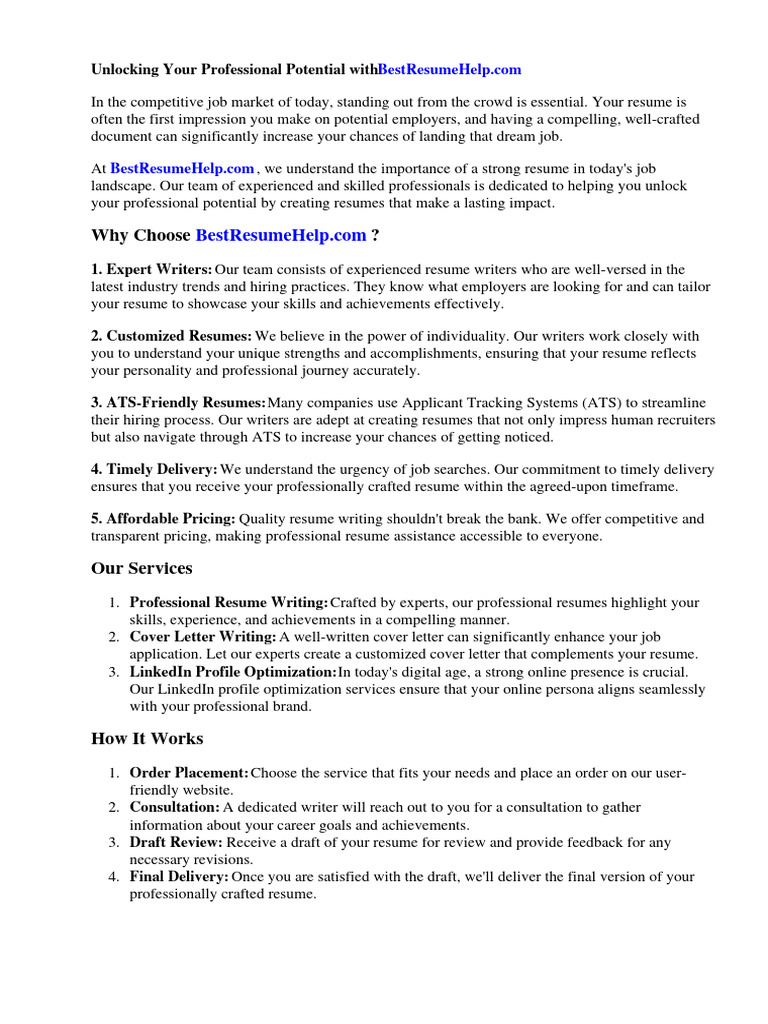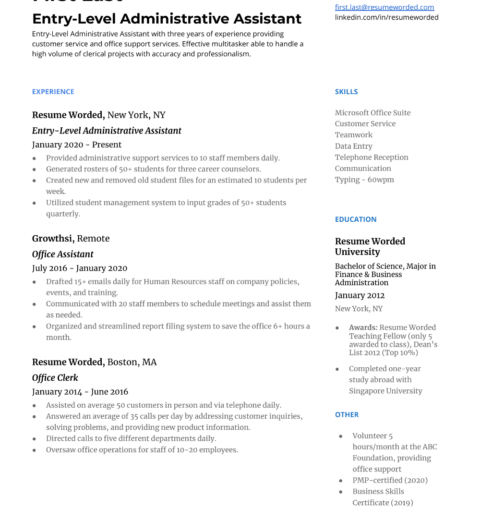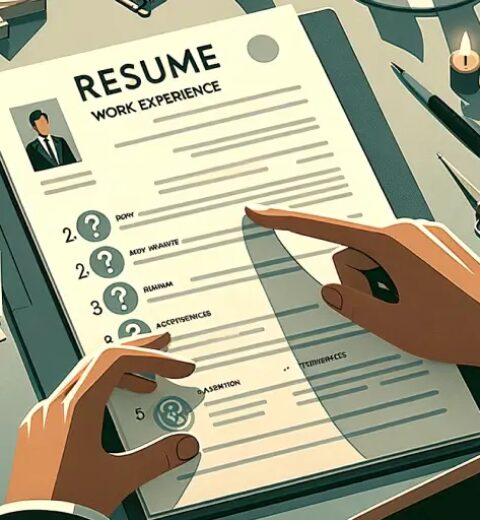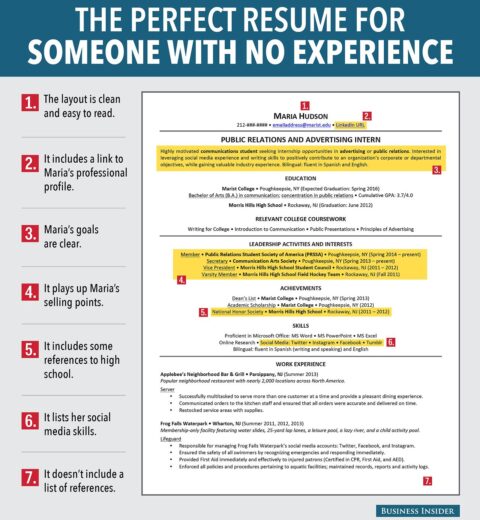In an increasingly competitive job market, a well-crafted resume can make the difference between landing an interview and being overlooked. One pivotal element that can elevate a resume’s impact is the inclusion of certifications. These credentials not only showcase your expertise but also signal to potential employers that you are dedicated to your professional development. Herein, we will delve into how best to incorporate certifications into your resume in a manner that enhances its overall value without compromising aesthetics.
Understanding the Value of Certifications
Certifications serve as tangible proof of your capabilities. They reflect your commitment to mastering specific skills and knowledge in your industry. In many fields, such as information technology, healthcare, and project management, certain certifications are often prerequisites for job applications. Employers frequently seek candidates who demonstrate a proactive approach to continuing education and skill acquisition. Thus, highlighting relevant certifications can significantly elevate your appeal as a job candidate.
Choosing the Right Certifications
Not all certifications are created equal. It is crucial to select those that are pertinent to the position you are targeting. Research the most sought-after credentials in your industry. Lists from industry associations, job postings, and online education platforms can be invaluable resources. Prioritize certifications that have wide recognition and that align closely with the job description. Focus on qualifications that resonate with the core competencies required for the role. This strategic alignment showcases not only your qualifications but also your understanding of the employer’s needs.
Where to Place Certifications on Your Resume
The placement of certifications on your resume can greatly influence their visibility and impact. Generally, certifications are best placed in one of two sections: either within the skills section or as a standalone section. If you possess multiple certifications, consider creating a separate “Certifications” section. This approach delineates your credentials prominently, allowing hiring managers to quickly identify your qualifications at a glance.
For those with fewer certifications, integrating them into a skills section can be effective. Be sure to format them clearly, using bullet points for easy readability. Ensure that the most relevant certifications are near the top, where they can capture the reader’s attention immediately. Keep in mind, the clarity of presentation is paramount; a cluttered or poorly formatted resume can detract from your qualifications.
Formatting Your Certifications
As aesthetics play a critical role in resume presentation, the formatting of your certifications cannot be overlooked. Maintain uniformity in font style and size throughout the document. Use bold text to emphasize the name of the certification, followed by the issuing authority and the date of acquisition. Consider utilizing italics for optional details, such as expiration dates or relevant coursework. For example:
- Certified Project Management Professional (PMP), Project Management Institute, 2022
- CompTIA Security+, CompTIA, 2023
This structured approach not only aids in visual appeal but also creates an organizational clarity that ensnares the reader’s attention.
Highlighting Continuing Education
Incorporating a subsection that details your ongoing education can further enhance your resume. Many employers value candidates who actively pursue professional development. If you are engaged in any courses, workshops, or training programs, especially those culminating in certifications, list them along with expected completion dates, if applicable. This signifies to employers a commitment to lifelong learning, an attribute they often prize in potential hires.
Demonstrating the Impact of Your Certifications
Simply listing your certifications is not enough; contextualizing their significance is equally essential. In the experience section of your resume, reference how each certification has contributed to your professional accomplishments. Use quantifiable achievements and specific examples to illustrate how you have applied your skills in a practical setting. For instance, you might articulate that obtaining a Six Sigma Green Belt led to a 20% increase in process efficiency within your team. This not only validates your certification but also underscores your effectiveness as a candidate.
Tailoring Your Resume for Each Application
Customization is a critical strategy when it comes to enhancing your resume’s effectiveness. Each job application deserves a tailored approach to elucidate how your certifications align with the prospective employer’s needs. Take the time to review the job description meticulously. Highlight the keywords and desired qualifications, and ensure that your certifications correspond directly with these elements. This attention to detail demonstrates your seriousness and interest in the position.
Conclusion: The Cumulative Impact
In sum, strategically including certifications on your resume entails more than mere listing. It requires a nuanced understanding of both your qualifications and the expectations of potential employers. By carefully selecting relevant certifications, positioning them prominently, and using thoughtful formatting, you create an aesthetically pleasing and practical representation of your capabilities. Always remember the artful blend of clarity, detail, and personalization can significantly magnify your resume’s effectiveness. In a world where every detail counts, certifications can indeed be the differentiating factor that propels your career forward.




